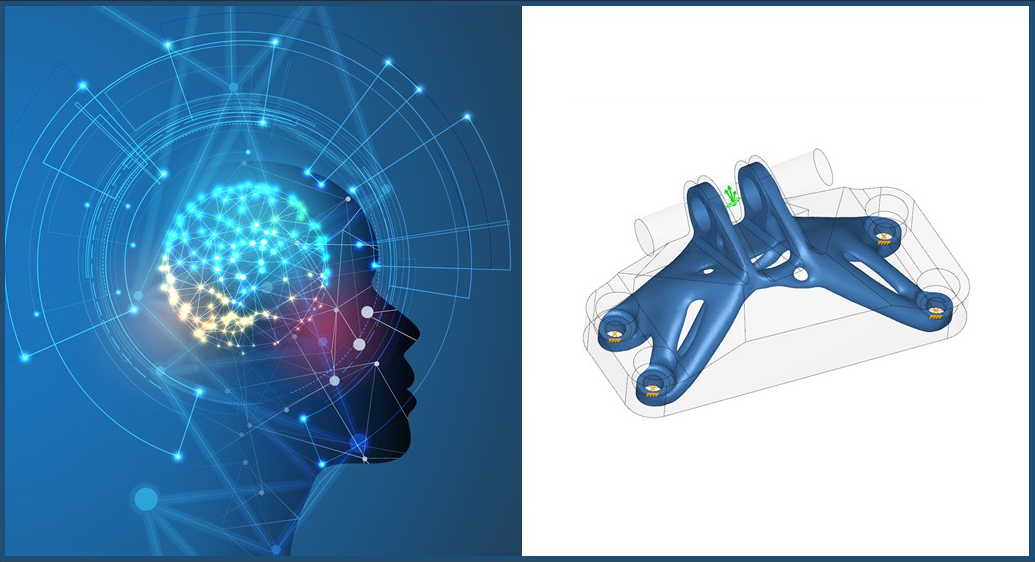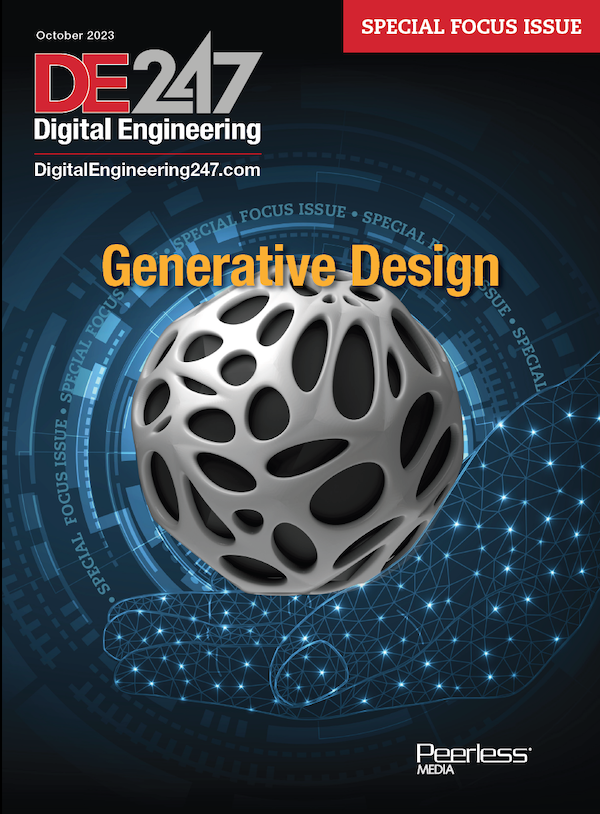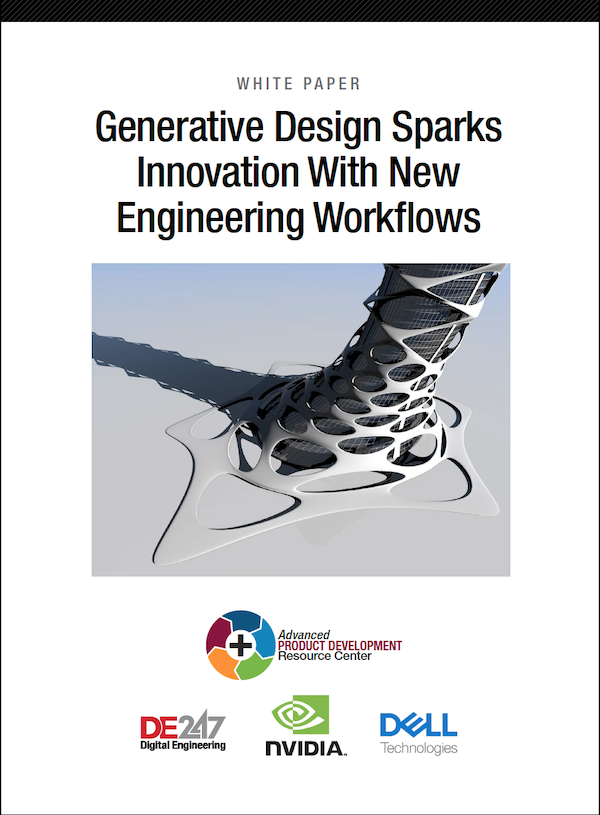Frustum Acquisition to Add Generative Design Muscle to PTC Creo
Slated to debut in future versions of the Creo CAD tool, Frustum’s AI-based generative design capabilities will make it easier for engineers to innovate product breakthroughs.

Frustrum’s AI-based generative design capabilities will be integrated into PTC’s future Creo 7.0 CAD platform. Image Courtesy of PTC
Latest News
November 20, 2018
In a full-throttled endorsement of emerging artificial intelligence (AI)-based generative design capabilities, PTC has acquired Frustum, a startup in the nascent field, for $70 million, announcing its intent to meld the technology into future versions of the Creo CAD platform.
Frustum, currently what PTC characterizes as an early generation toolset, includes topology optimization, real-time multiphysics simulation, and modeling and support for intelligent lattice design. But it’s the software’s AI-based approach to generative design that has PTC really excited for its ability to improve innovation and conceptual design exploration while increasing engineering productivity.
PTC envisions the Frustum AI-driven generative design capabilities as an eventual replacement for Creo’s 5.0’s topology optimization module and as a springboard to help engineers create designs that are simply not possible for a human to accomplish. The software, to be melded into the Creo kernel, will also complement a partnership PTC inked earlier this year with ANSYS to embed the ANSYS Discovery Live real-time simulation capabilities into the core CAD platform.
“Generative design is topology optimization on steroids,” said PTC President and CEO Jim Heppelmann, at the press conference announcing the acquisition and confirming that the Frustum functionality will eventually phase out the topology optimization module over time.
Interactive Engineering Workflow
Heppelmann described a workflow in which engineers start with the Frustum generation design technology to interactively specify functional requirements and goals of their design, including material preferences; design parameters such as loads, constraints, and space availability; even manufacturing options like casting or additive manufacturing along with non-engineering parameters related to supply chain or costs. The Frustum technology would quickly generate a range of design alternatives engineers could choose from and in the next phase, use the embedded version of ANSYS Discovery Live to iterate the design and combine it with parts and systems to come up with an optimal design. The results could then be refined with further simulation and analysis using Discovery AIM, he explained.
“The combination of real-time generative design from Frustum and real-time simulation from ANSYS lets one engineer do the work of many,” Heppelmann says. “It’s the first major disruption to CAD in 30 years.”
While there has been lots of activity on the generative design front this last year, Heppelmann maintains that standalone options are not the path forward—rather, he believes new innovative functionality like generative design needs to be integrated directly into proven CAD platforms, not another tool silo.
“These breakthrough won’t disrupt anything if they are not incorporated into existing CAD systems,” he says, explaining why the plan is to integrate the Frustum technology diretly into Creo. “To try to use separate, multiple CAD tools in parallel creates a broken tool chain ripe with manual reuse and rework. You just can’t get customers to switch to a shiny new tool.”
IoT Could Provide a Data Pipeline
The integration directly into Creo presents additional opportunities. Heppelmann explained a scenario where the ThingWorx IoT platform could serve as a data pipeline, allowing a digital twin to feed the generative design processes, essentially optimizing a part or concept based on real-world performance data.
Heppelmann also didn’t rule out evolving the Frustum technology to automate design concepts based on cosmetic look and feel.
The Frustum technology will be released in Creo 7.0 and 8.0 sometime in 2019.
More PTC Coverage
Subscribe to our FREE magazine, FREE email newsletters or both!
Latest News
About the Author
Beth Stackpole is a contributing editor to Digital Engineering. Send e-mail about this article to [email protected].
Follow DERelated Topics







